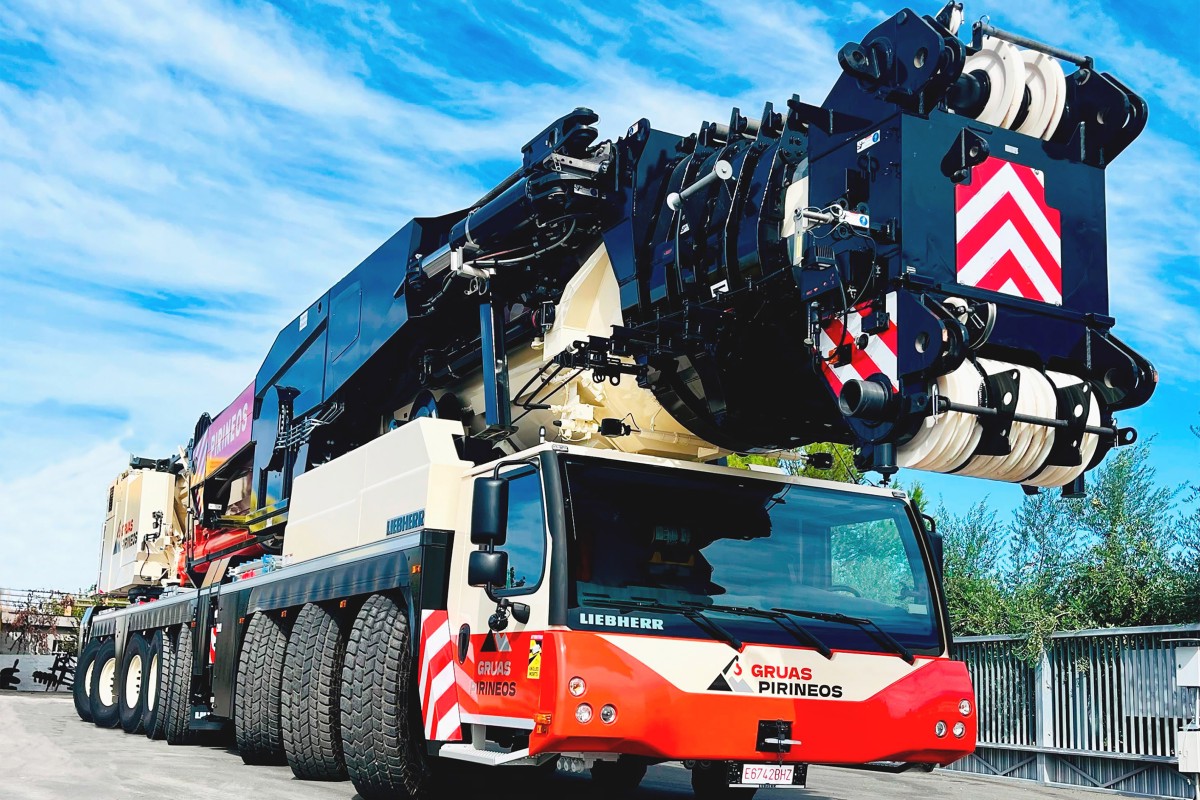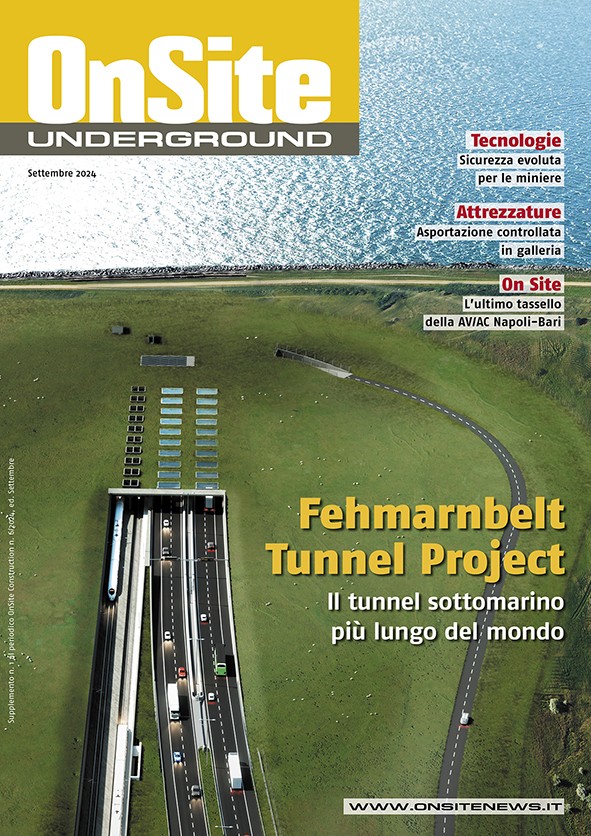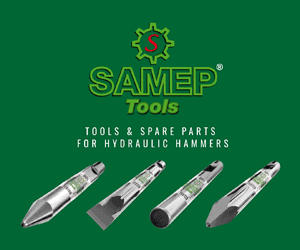Home \ International \ Modulift upgrades compression test rig to 1,650t Capacity
Modulift upgrades compression test rig to 1,650t Capacity
01/04/2017
Pubblicato da Redazione

Below-the-hook equipment manufacturer Modulift has upgraded its compression test rig (known as CTR1), adding 50% additional capacity to the now 1,650t machine. This is the second time Modulift has
Below-the-hook equipment manufacturer Modulift has upgraded its compression test rig (known as CTR1), adding 50% additional capacity to the now 1,650t machine.
This is the second time Modulift has upgraded the rig it originally manufactured in 2003 for testing 600t capacity spreader beams to a proof load of 660t. In 2012 it upgraded CTR1 so 1,000t beams could be tested to 1,100t, while 1,500t beams can now be tested to the new capacity following the latest three-month retrofit. This was by far the most extensive engineering that the rig has been subjected to in its lifetime. Sue Spencer, technical director, explained that the first upgrade was “not particularly major”, recollecting the replacement of a small number of components and strengthening of others. However, the latest project involved approximately 60% of the rig being replaced with new components.
Spencer said: “We have been outspoken of late about industry driving demand for larger capacity beams so it made sense to invest in the upgrade of our flagship test rig, which has been at the heart of the company for 14 years. Not only is it now one of the largest rigs of this type in the country, it is custom-designed for our specifications and thus makes an incalculable contribution to our manufacturing processes.”
Every Modulift modular spreader beam consists of a pair of end units and a pair of drop links with interchangeable struts that can be bolted into the assembly between the end units to either lengthen or shorten the beam. Spencer explained that the unique design means they are essentially “pin-ended struts” and the entire load is transferred through the spreader beam as a pure axial compression load. The main rails of the rig are therefore in tension when the spreader beam is under test. She said: “We have squeezed as much capacity out of the main rails of the rig as possible without having to replace the whole machine. We have increased the width and height of the rig so larger diameter spreaders can be tested. If there is demand in future to go even bigger we will consider it, but that would certainly mean replacing the rails.”
Upon completion of a beam’s manufacturing process, it is placed into the test rig and pinned into place at each end. A compression load is then applied to the pin at one end, whilst supporting the pin at the other. The drop links are then tensile tested separately in their own test rig, also located at Modulift’s facility. The on-site tensile rig can test drop links up to 50t capacity, while independent test houses have conducted tests on Modulift’s behalf up to 825t. Spencer said: “Tensile test rigs are quite common, where the applied force is in the opposite direction to compression test rigs. These rigs are popular for testing slings, shackles and other tensile items. However, compression test rigs do not generally exist, which is why we manufactured our own and specifically designed it to fit our design of spreader beams.”
Modulift keeps the machine outdoors because of dimensions that now accommodate 28m-long beams. CTR1 comes into its own at the extremities of its capabilities where advantages over staging live tests using a crane and other rigging equipment are most apparent. Spencer concluded: “Traditional beam designs with fixed lugs welded at each end [without separate drop links] cannot be tested in our rig as applying an axial load will not fully mimic all the forces that are going through the spreader beam in real situations. This type of fixed end spreader beam will experience induced bending moments and would need a live lift with a crane and weights to test them properly. Imagine the logistics involved in such a process where a large beam is concerned.”
Ultime notizie di

01/07/2021
The compact Sennebogen 613 E telescopic mobile crane proves its flexibility and safety in the mine
Südwestdeutsche Salzwerke AG welcomed a new Sennebogen 613 E...

07/11/2019
COMANSA presents its new 21LC1400 model
A new large-capacity Flat-Top crane

26/09/2017
Robbins Slurry TBM ramps up for Mumbai Metro Line 3
The first of two Slurry TBMs, a rebuilt 6.65 m (21.8 ft) dia...

23/09/2017
The world’s strongest rope for the German Zugspitzbahn
For walkers and winter visitors, there are two ways to ride...

21/09/2017
Modulift beams suspend full scale model fighter jet
Four Modulift spreader beams were used to suspend a full sca...

20/09/2017
A tunnel project with PSC Crane & Rigging
PSC Crane & Rigging, headquartered in Piqua, Ohio, supplied...
Altri International

International
04/12/2024
Hitachi ZX350LC-7 CTA is ideal for Austrian infrastructure project
Two Hitachi ZX350LC-7 excavators equipped with clamshell tel...

International
04/12/2024
MYCRANE expands offering with launch of global lifting equipment Marketplace
MYCRANE has expanded its offer with the launch of a new Mark...

International
03/12/2024
Manitowoc launches largest topless tower crane from Asia Range: the Potain MCT 2205
• With an 80 t maximum capacity and an 80 m jib, the new cra...

International
03/12/2024
XCMG with innovative products at Bauma China 2024
XCMG Leads Industry Development with Intelligent, Digital, a...

International
02/12/2024
With MB Crusher the tradition meets innovation
The ancient art of dry stone walling has found a new ally to...

International
29/11/2024
Grúas Pirineos invests in a Liebherr LTM 1650-8.1 mobile crane
For Grúas Pirineos, the purchase of its first Liebherr mobil...








































